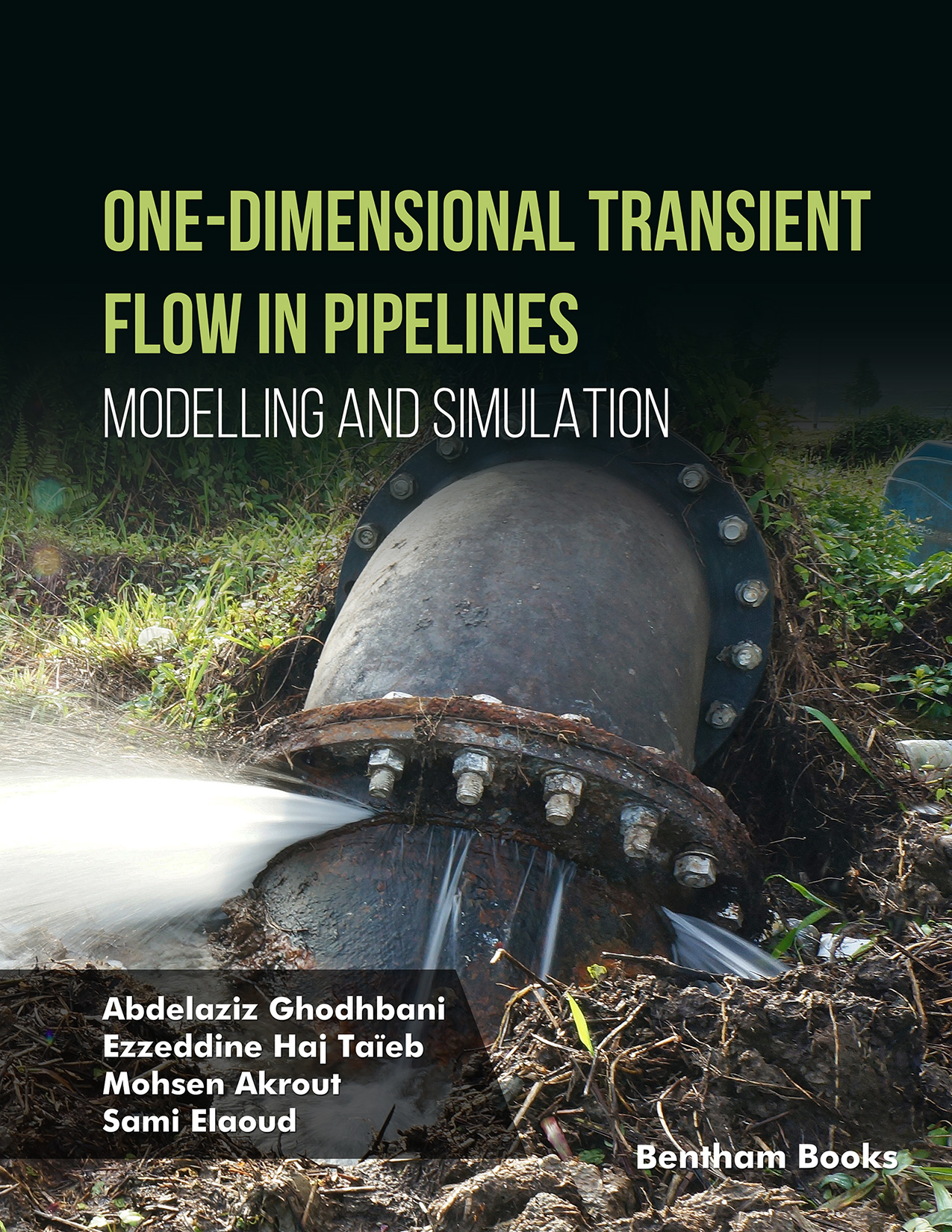Introduction
This book presents numerical computational fluid dynamics (CFD) solutions for studying the effect of fluid-structure interaction (FSI) on evaluation of pressure waves in pipelines with cavitation. The authors develop a uniform one-dimensional model using coupled models. These models consider unsteady friction (UF), Poisson coupling, axial vibration (junction coupling), gas release and viscoelasticity.
The authors consider two cases: elastic pipelines and viscoelastic (VE) pipelines.
The book starts with a detailed literature review on the relevant methods for calculating transient fluid flow, followed by chapters that explain the mathematical development for calculations and the numerical steps for water hammer and transient cavitation. The concluding chapters present the results for the two pipeline cases.
The book is presented in simple language intended for engineering students who want to understand CFD simulations for transient flow in pipelines. Equations are explained in simple steps for easy understanding, and concepts are illustrated with detailed diagrams. The information and the codes demonstrated in the book will equip readers with the knowledge to study hydraulic problems where transients are caused by pump starting, stopping and failure.
Audience: Engineering students and instructors studying hydraulics and computational fluid dynamics.

